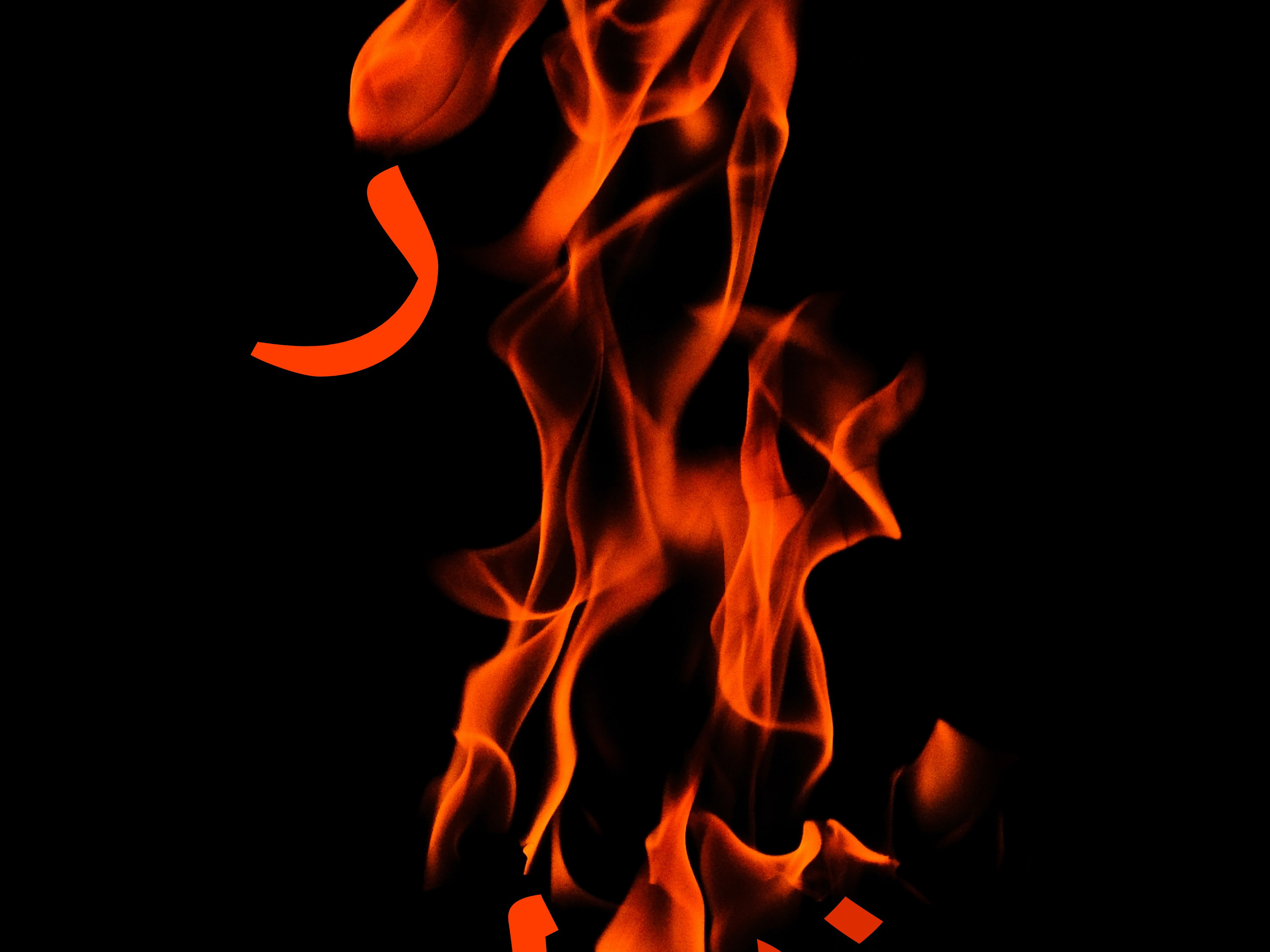The Silent Witness
First Draft- 16.05.2021
Narrator: The Monument to the Great Fire of London. Abbreviated in the script as M.
M: Hello, welcome.
Allow me to introduce myself.
I am the Monument. The Monument to the Great Fire of London.
I was born in 1677 and for the last 344 years I have stood on this spot, a silent witness to some of the major events that have shaped contemporary London.
If you remove your headphones now and listen- It is all peaceful.
But in 1666, the densely packed streets of London were destroyed by an all-mighty blaze which started very close to where I am standing, at the now infamous Pudding Lane.
Scene 1- Track starts- Fire.
M: The great fire of London was one that the city has not seen the like of since 1212. The London Gazette reported at the time saying it began 'in a quarter of Town so close built with wooden pitched houses'.
Although the fire managed to consume a large area of the city, fewer than ten deaths were recorded.
I hear many stories told about the fire from my caretakers and the many hundreds of thousands of visitors who come to admire my elegance and poise and one that I have heard often is the story of Paul Lowell, an 80-year-old watchmaker.
It is said that Mr Lowell refused to leave his house on Shoe Lane even though his son & friends begged him to go and, sadly, all that remained of him were his bones & keys.
However, my favourite story from the great fire is that which was documented in the diary of that good fellow, Samuel Pepys.
Mr Pepys recalls seeing a cat being pulled out from a building by the Royal Exchange on the 5th of September.
Scene 2- Track starts- Cat Miaw.
M: He wrote in his diary: ‘I also did see a poor cat taken out of a hole in the chimney…with the hair all burned off the body, and yet alive.’
M: Sigh sound.
M: I have seen many things in my time. However, I have always thought that most memorable are all the curious sounds humans make. I like the sounds of nature; I have come to appreciate the seasons by sound. The stillness of the summer nights,
Scene 3- Track starts- Rain.
M: The autumn rain droplets on my stone as I watch the people rushing to shelter at Monument tube station, the roaring thunder before a winter storm and my favourite sound of all, the melodic song of a wren.
Speaking of wrens, I was designed by Sir Christopher Wren with the help of his devoted friend and colleague, Dr Robert Hooke.
Christopher Wren; that magnificent Architect of his generation and Surveyor General to none other than King Charles the second.
Scene 4- Track starts- Construction.
M: I am a column, and I was built between 1671 and 1677 and I stand at 202 feet high. I am made from 28, 196 cubic meters of the finest Portland Stone. I am of the Doric order and my form consists of a pedestal about 21 feet square and 40 feet high, with a plinth 28 feet square, and a fluted shaft 120 feet high and 15 feet in diameter; on my abacus is a balcony encompassing a moulded cylinder, which supports a flaming urn of gilded bronze, symbolizing the Fire.
Scene 5- Track Starts- Victorian street- London Bridge.
M: When I was 236 years old.
M: What started as a usual Friday morning on the 18th of April in 1913, with the hustle and bustle of London Bridge a few meters away.
Scene6- Track Starts- Billingsgate fish Market.
M: The crowds buying their fish of the day at Old Billingsgate Fish Market at the bottom of the hill took a sudden turn
Scene7- Track Starts- Women walking.
M: When two conspicuous looking women arrived at about 10 am and proceeded to ascend my 311 steps, gaining access to my platform by distracting the two attendants who were stationed at the top of the stairs.
M: Upon reaching the top, the women slammed the door shut on the men.
Scene8- Track starts- Door slams.
As I watched closely, I saw one of the two women running to the flagpole. she hauled down the City of London flag and attached a purple, white and green cloth to the cord. Looking very proud of themselves, they proceeded to unfurl another long banner bearing the motto “Death or Victory” and tied it to my outer railings.
Scene8- Track starts- Protest.
M: A few minutes later, I saw a large crowd starting to gather below them, with thousands of mostly male workers filling the piazza.
People were cramming into surrounding windowsills, rooftops, and porches to get a view of the mayhem unfolding before them.
The two women threw hundreds of handbills to the crowds below to cheers and jeers in equal measures. It was not long after that, that the City of London Police arrived to put an end to this event.
Scene9- Track Starts- Police whistle.
M: The police struck the door down, removed the banner and escorted the women calmly down the stairs to nearby Monument station. Later, I came to know that the women were a Miss Spark and a Mrs Shaw.
The two women were members of the Suffragette movement, a women-only movement founded in 1903 by one Emily Pankhurst. The women fought for the right to vote in public elections and engaged in direct action and civil disobedience. The event that I was not cordially invited to but was at the centre of is called a ‘protest’.
Scene 10- Zeppelin
M: A few years went by and on the night of the 31st of May in 1915, I witnessed an event that would change me and the world forever. I saw an enormous figure that was floating in the sky above London, I could not make out what it was, but I was sure that it was the very first time that I saw a cigar shaped cloud. The curious shaped flying object flew off to the east of tower bridge until it disappeared. I wondered if anyone saw it that night or heard its muffled song?
M: The very next morning, I heard that London had come under aerial attack during the night by what turned out to be a German airship called a zeppelin. It was World War I, and zeppelins continued to drop bombs with the last one falling on the night of the 19th of October in 1917.
Scene 12- Track starts- air raid.
M: I was lucky again when World War II broke out, I managed to escape with only a few scratches to my base from a bomb that fell on King William Street in 1940. This time around, I saw faster bird like metallic machines hovering above London and dropping many bombs. I saw great columns of smoke rising as far as my telescope could see. Smoke was bellowing in all directions. This aerial bombardment of London was later called, The London Blitz.
Scene 13- Track starts- modern street.
M: Indeed. I have many stories to tell, I hope that you will visit me again soon.
In the meantime, I am going to enjoy the distant ambient sounds of the city that I love; with people walking and talking, cars driving past and every now and then,
Scene 14- Track starts- Wren song.
M: A sweet song of a wren and a pigeon or two.
*This is a first draft script and is under review and re-writing.


